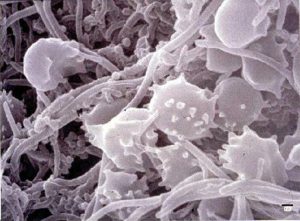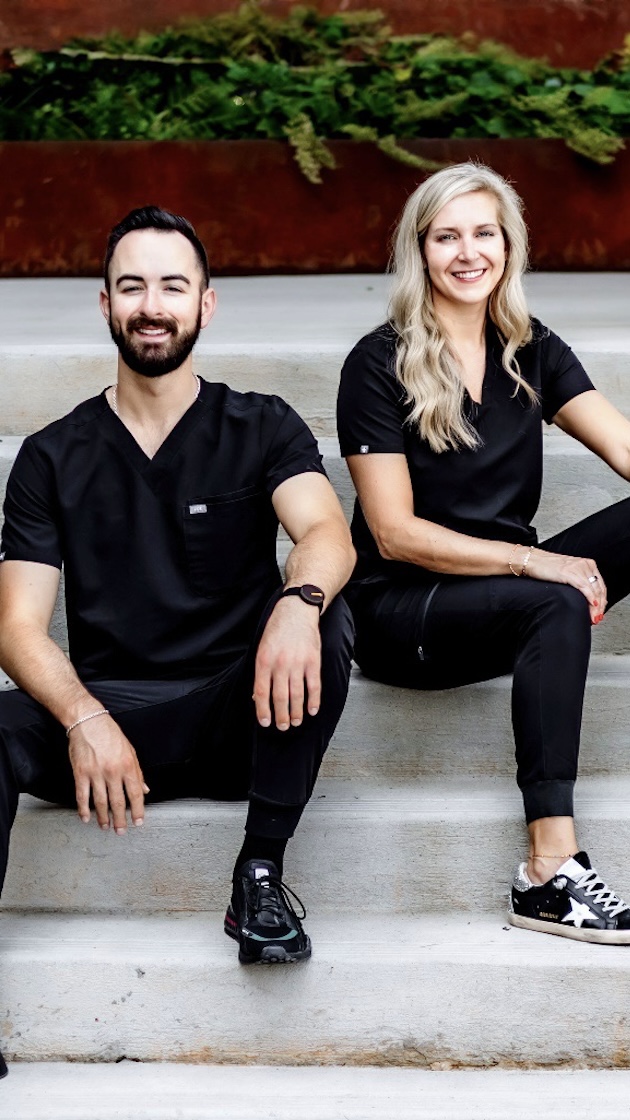It is a common misconception that hard and medium bristled tooth brushes clean your teeth better. But, the truth is toothpaste is already abrasive; using it in addition to a hard bristled toothbrush can actually damage the gum tissue and the enamel on your teeth. We want to remove plaque as gently as possible to protect your teeth and gums. The amount of time spent in each area of the mouth is more important than the pressure used to scrub your teeth.
Hard bristles do remove stain and plaque but can wear down your enamel. Enamel is important to save because it protects your teeth from harmful bacteria that your teeth face everyday and protects the inner softer layers of the tooth from bacteria. Without enamel you could start experiencing sensitivity, yellowing of the teeth, and uneven edges or chips on your teeth.
Using a soft bristled toothbrush allows you to get that clean that your teeth need without harming the enamel so you can keep your teeth protected.
Enamel is very important to your oral health but that’s not the only thing that takes part in making sure your teeth are healthy and safe. Gum tissue, or gingiva, is the soft tissue that surrounds the whole oral cavity and tightly attaches to the bone. It provides a barrier between the deeper tissue and the food and bacteria that enter and pass though our mouths.
Hard bristles also can damage your gum tissue and eventually cause them to recede. When gum tissue recedes, it exposes the root surface of the tooth and could cause extreme sensitivity.
Here are a few tips you can use to get an effective clean while brushing:
- Use an electric toothbrush over a manual toothbrush if possible
- If you are using a manual toothbrush make sure the bristles are either labeled as soft or extra soft.
- Angle your toothbrush towards the gum line; at a 45 degree angle
- Use gentle, circular motions NOT a back and forth motion to rid your teeth of plaque, bacteria, and food particles. Circular motions help the toothbrush bristles reach all the surfaces of teeth compared to a back and forth motion.
- And last but DEFINITELY not least, make sure you keep your 6 month cleaning appointments with your dental hygienist!
You can ask your dentist or hygienist about soft bristled toothbrushes VERSUS hard bristled toothbrushes next time you’re at their office- They are always there to help you!


